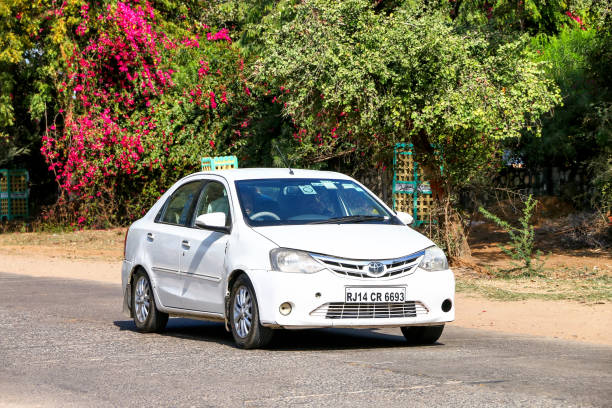There’s something about getting free cars from the government that just works. It feels like a win-win situation, and it always seems to be one of the more popular methods for increasing traffic to your website or blog. It also happens to be one of the most effective ways of getting people interested in your product or service. Here are four steps you can take to make sure you get the best out of this offer:
How to Get Free Cars from the government.
There are a few ways to get a free car from the government. The first way is to go through the Department of Motor Vehicles. To do this, you must be registered with the government and have an account with them. You can also get a free car by completing an application and being approved for a car.
Once you have been approved for a car, you can drive it away for free. The second way to get a free car is to go through the National Highway Traffic Safety Administration. This agency oversees traffic safety and provides cars to drivers who complete safety inspections and pass tests.
The final way to get a free car from the government is to take advantage of special offers offered by certain automakers or manufacturers. These offers may include discounts on vehicle purchases or payments in order to receive a free car.
How to Get a Free Car from the Department of Motor Vehicles.
The Department of Motor Vehicles (DMV) offers a number of ways to get free cars. One way is to go through the DMV website and sign up for a car rental. You can also download an application and print it out, then bring it to the DMV to complete your paperwork.Alternatively, you can visit one of the more than 20 car-sharing locations in metro Detroit. These facilities offer free cars to students and other groups who borrow them for a short period of time.
There are various government programs that offer assistance with transportation for low-income individuals and families. Some examples include:
- The Low-Income Home Energy Assistance Program (LIHEAP) which may provide assistance with car repairs or public transportation costs for those who qualify.
- The Temporary Assistance for Needy Families (TANF) program which may provide assistance with car repairs or public transportation costs for those who qualify.
- The Community Action Agency (CAA) which may provide assistance with car repairs or public transportation costs for those who qualify.
- The Department of Veterans Affairs (VA) may offer assistance with transportation for veterans who are unable to drive.
- State and local governments may also have programs that provide assistance with transportation for low-income individuals and families.
Unfortunately, there is no government program that provides free cars to individuals. However, there are some programs that may assist low-income families with transportation costs.
- Public Transportation Assistance: Many cities and states offer public transportation assistance programs for low-income families, providing discounted or free passes for public transportation.
- Car Sharing Programs: Some cities offer car sharing programs that allow low-income families to use vehicles for a low fee or for free.
- Emergency Transportation Assistance: Some non-profit organizations offer emergency transportation assistance for low-income families in need.
- Vehicle Donation Programs: Some charitable organizations accept vehicle donations and provide free vehicles to low-income families in need.
- Community Action Agencies: Community action agencies, funded by the government, offer various types of assistance to low-income families, including transportation assistance.
It’s important to note that eligibility for these programs can vary and there may be specific requirements, such as income restrictions or proof of need, that must be met.
To learn more about the transportation assistance programs available in your area, contact your local government office or a community action agency. You can also visit the website of the Department of Transportation or the National Alliance on Public Transportation for more information.
here are some resources you can use to find transportation assistance programs in the US:
- Department of Transportation: You can visit the website of the Department of Transportation at https://www.transportation.gov/ for more information on transportation assistance programs and to find resources in your area.
- National Alliance on Public Transportation: The National Alliance on Public Transportation provides information on transportation assistance programs and resources for low-income families. You can visit their website at https://www.publictransportation.org/ for more information.
- Community Action Agencies: Community action agencies, funded by the government, offer various types of assistance to low-income families, including transportation assistance. You can visit the website of the Community Action Partnership at https://www.communityactionpartnership.com/ for a directory of community action agencies in the US.
- 211: 211 is a nationwide, toll-free number that provides information on a wide range of health and human services. You can call 211 to find information on transportation assistance programs and resources in your area.
- Local Government Office: You can also contact your local government office for information on transportation assistance programs and resources in your area.
It’s important to note that eligibility for these programs can vary and there may be specific requirements, such as income restrictions or proof of need, that must be met.
It is important to note that these programs vary by state, so it is best to check with your local government or social services agency to see what is available in your area. Also, the availability of free cars through the government programs is not a common practice, typically the assistance is given in form of vouchers, grants and subsidies.
To qualify for these programs, you typically need to demonstrate financial need and meet certain income requirements. It may also be necessary to provide documentation such as proof of income, residence, and other information.
Read more about this visit here.

